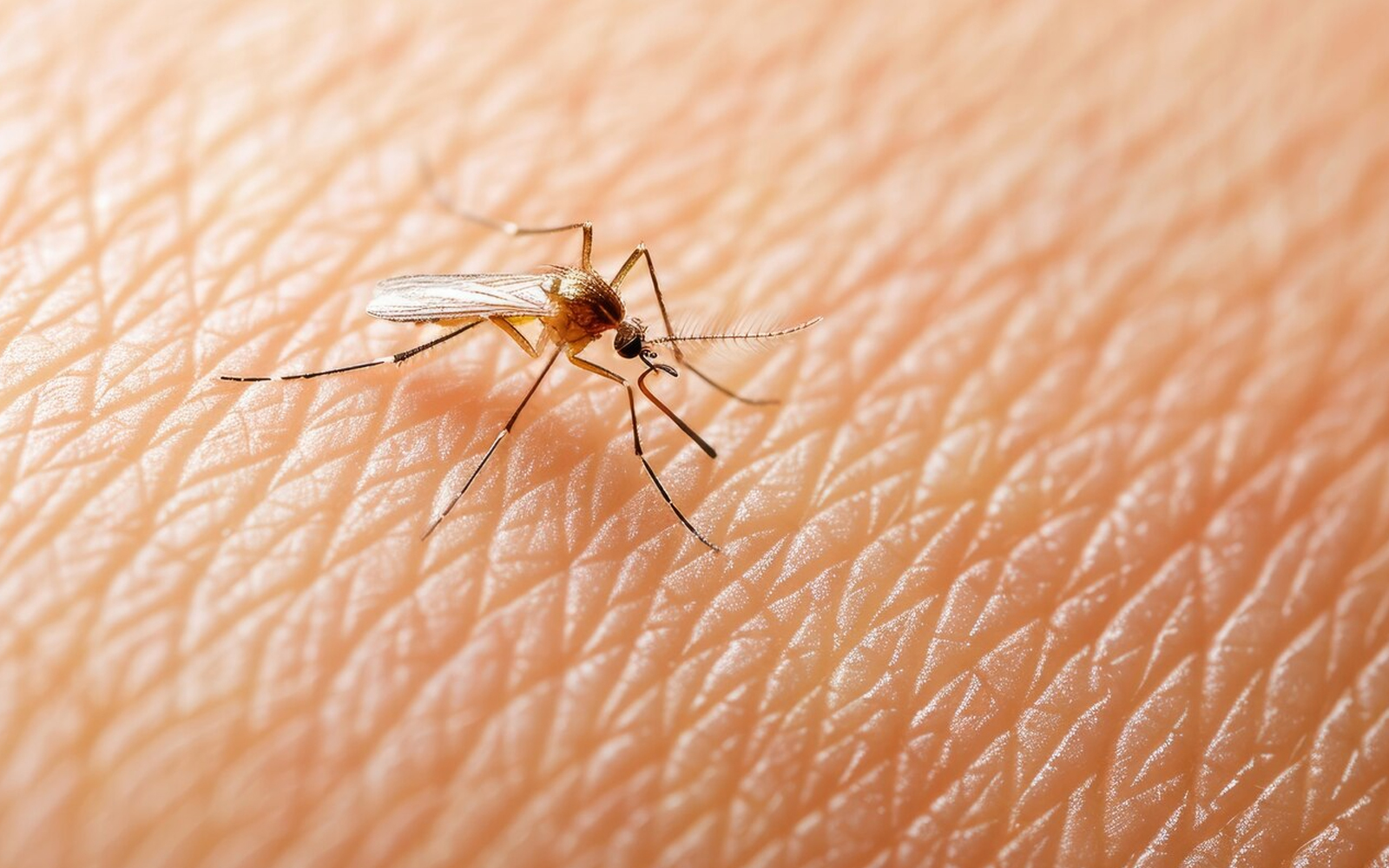
During the summer, mosquito bites are common, but discerning whether the bite is from a common mosquito or an Asian tiger mosquito can be crucial.
The Asian tiger mosquito, named for its distinct white stripes that run from its head down its back, originates from Southeast Asia. However, it has now spread to Europe, including our region. This mosquito is particularly concerning because it can transmit dangerous diseases such as Zika virus, West Nile fever, Chikungunya, and dengue fever.
Unlike most mosquitoes that primarily bite at dusk, the Asian tiger mosquito is active throughout the entire day, although it is most aggressive between dusk and dawn. This makes it significantly harder to avoid.
Known for its aggressive nature, the Asian tiger mosquito is persistent and difficult to repel. Often, its presence goes unnoticed until after it has bitten because it is faster and quieter than other mosquito species.
The bite of an Asian tiger mosquito results in an immediate, intense itching and burning sensation, which intensifies over the next few minutes. The affected area is usually flat and can be 2 to 5 centimeters in diameter, often accompanied by a red spot on the skin.
The discomfort from the bite is typically more severe and painful than that of a regular mosquito bite, though the level of pain can vary depending on individual sensitivity. The irritation may subside only to return later, especially with temperature changes, such as during a shower.


